Please feel free to contact me if you would like advice before booking an appointment. Any information shared is treated confidentially.
Fascia is very rich in proprioceptive nerve endings so by stimulating these it may reduce nociceptive pain signals. This positive stimulation can be done via manual therapy and also through exercises to help develop proprioception, such as balancing movements. Myofascial Release (MFR) therapy works gently with the sensory mechanoreceptors in fascia – some like compression, some like stretch, some like vibration. The techniques that seem to work best are those which affect the whole body such as arm and leg pulls, cranial work, cross hand releases, deep and slow stretches and waiting for the fascia to mobilise and ‘melt’. Because it is gentle and works with the body, not against it, it is not perceived by the body as a threat which could further stimulate the nervous system.
There is evidence that MFR is a key tool in treating chronic pain disorders such as fibromyalgia.
Myofascial work is starting to become more popular – although by no means a mainstream treatment sadly – largely thanks to recent advances in the understanding of the role fascia plays in sensing and transferring sensory input. The fascial net is the richest and most highly refined sensory organ in the human body. It has recently been hypothesized that there are over 250 million nerve endings in the human fascial system!
Contact me if you would like more information about MFR for your specific health needs.
BetterU is delighted to offer Deep Oscillation Therapy (DOT) as an adjunct to standard massage and scar therapy.
Deep Oscillation is clinically proven, electrostatic field therapy which creates an intermittent, low frequency electrostatic field (5Hz – 250Hz). It is delivered through nitrile gloved hands or special applicators to provide a powerful yet gentle lymphatic movement with a minimal amount of external pressure making it a relaxing and comfortable therapy to receive. It works on acute and chronic pain, swelling, bruising, inflammation, scar tissue, fibrosis and wound healing. It may be used immediately after injury, pre surgery to prepare tissue and post-surgery (with signoff from the surgeon) to enhance the natural healing process and help promote a swift return to normal activity.
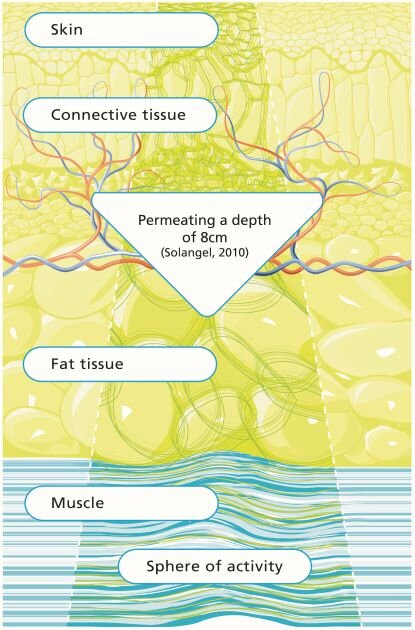
The therapy effect of DEEP OSCILLATION® takes place in the tissue itself and works through the entire depth of the tissue layers (skin, connective tissue, subcutaneous fat, muscles, blood and lymph vessels) permeating to a depth of 8cm. It is safe to use over pins/plates and prosthesis because no heat is generated and is safe in all age groups.
Some of the clinical benefits of DEEP OSCILLATION® THERAPY
Pain-alleviation in acute traumatic as well as chronic pain conditions
Prevention of fibrotic remodelling processes, reduction of fibrosis
Anti-inflammatory effect
Muscle relaxation, mobilisation and improved Range of Motion
Accelerated recovery following intense physical activity
Support of wound healing
Decongestion
For more information about the therapy see the PhysioPod website at https://www.physiopod.co.uk/everything-you-need-to-know-about-deep-oscillation.shtml
Sarah will offer DOT to patients where appropriate to the condition and where there are no clinical contraindications.
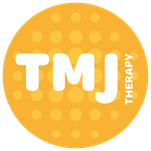
TMJ Therapy® was developed by Tracey Kiernan of Blend Therapy Training. Combining over 40 years of experience as a dental nurse and clinical massage practitioner the TMJ Therapy® speTMJ Therapy® was developed by Tracey Kiernan of Blend Therapy Training. Combining over 40 years of experience as a dental nurse and clinical massage practitioner the TMJ Therapy® specialised protocol was designed to relieve symptoms of TemporoMandibular Joint Dysfunction helping people suffering with this painful and debilitating condition. Sarah is a TMJ 1 practioner.
The soft tissue approach uses an array of light touch techniques including Myofascial release, specific stretches, muscle energy techniques and gentle massage of the affected tissues in the head and neck to relieve symptoms of TMJ dysfunction. This will often be done in conjunction with a whole-body postural assessment.
TMJ dysfunction often happens as a result of combined factors including continuous gum chewing, nail biting, tooth grinding (bruxism), and clenching habits. Whether pain is coming from a physical problem with the disc or soft tissue around the joint pain can be reduced and jaw function improved with gentle and targeted trigger point work.
Where you see the official yellow TMJ button logo you know that a practitioner has completed training with Tracey in this protocol. For more information on the protocol please see the website www.tmjtherapyuk.co.uk
A dull aching feeling in the jaw and surrounding area, including the ears, is often a key symptom of TMJ dysfunction. The pain is sometimes intermittent although some people may have no pain but still report problems using their jaws.
Other symptoms may include:
Locking of the jaw or being unable to comfortably open and close the mouth
Clicking, popping or grating sounds in the jaw joint
Headaches which often refer to the temple or around the ear
Neck, jaw, face, shoulder and back aches and pains
Vision problems
Tinnitus (ringing in the ear), ear pain, decreased hearing or dizziness
Tel: 07880 630145
Email: sarah@betterutherapies.com
24 Tithing Road
Fleet
Hampshire
GU51 1GG
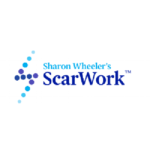
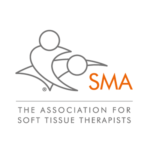
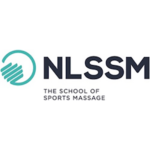
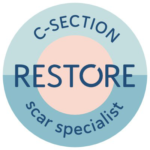
©2025 BETTER U
Scar massage and soft tissue therapy
Website designed by Creative Bytes